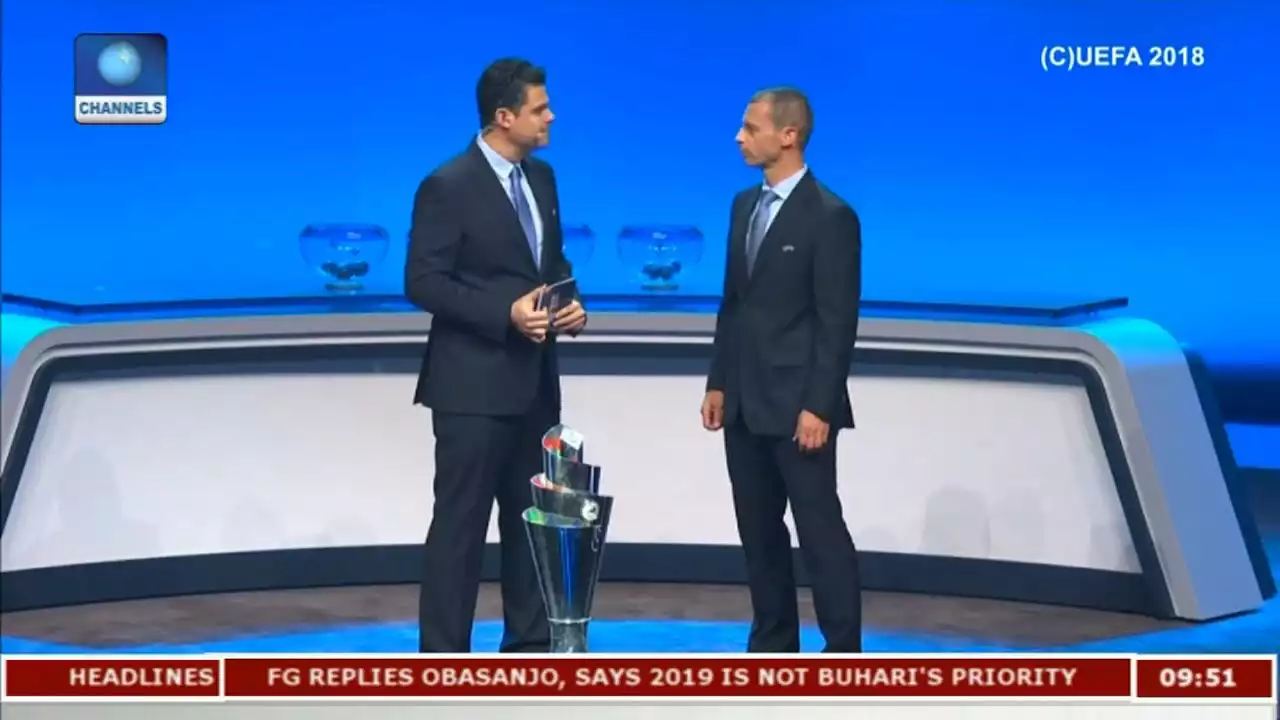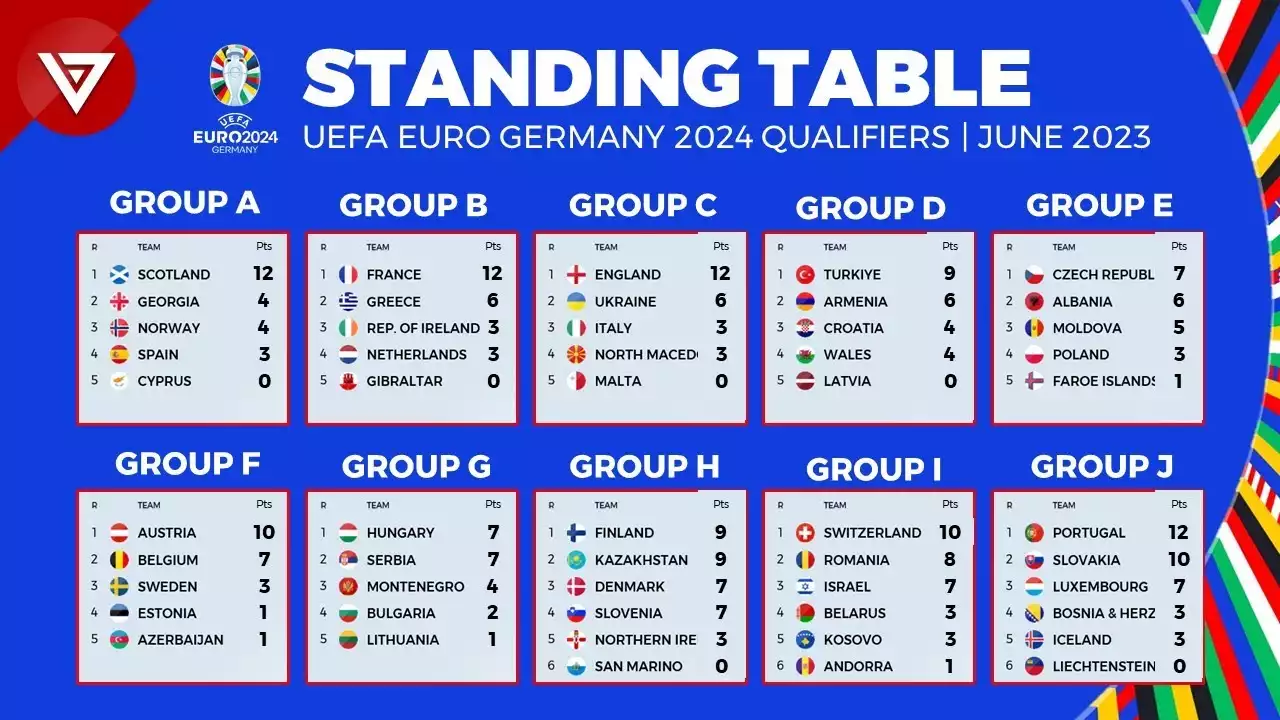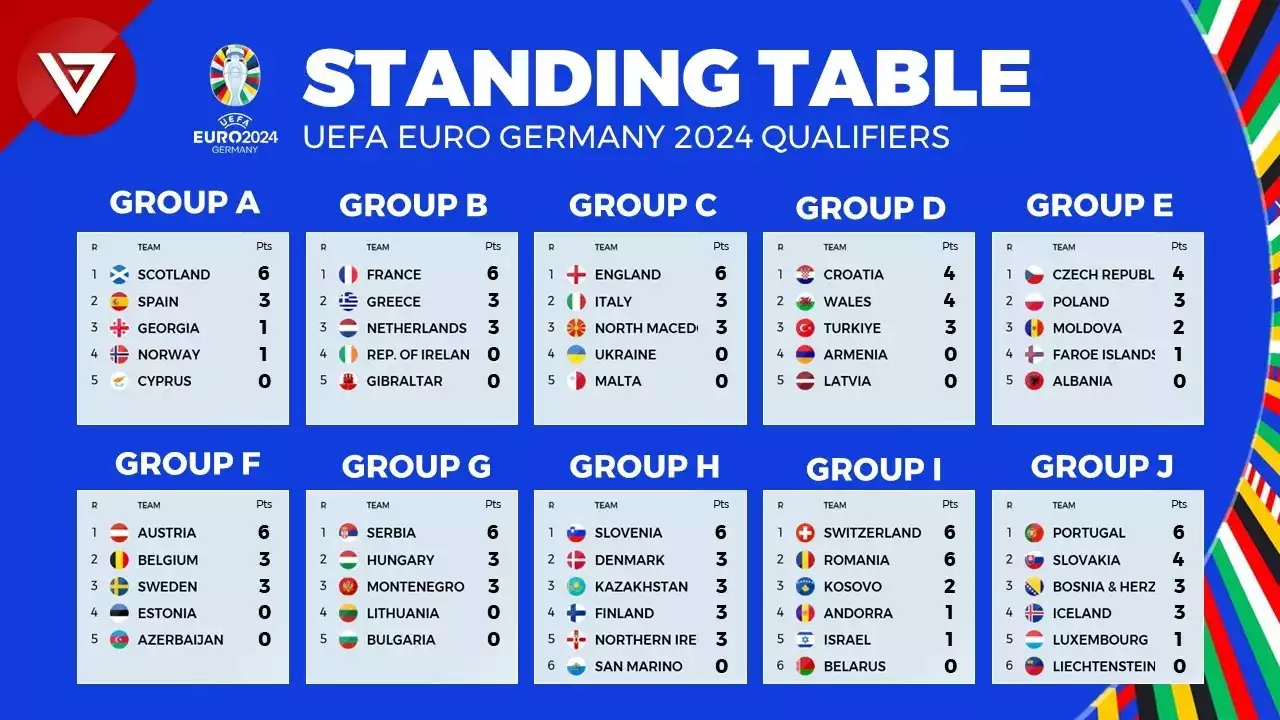What is the Draw System in the Nations League?
The draw system in the Nations League plays a pivotal role in determining the matchups for the tournament. It ensures a fair distribution of teams across different leagues and groups. The draw is conducted using a computer algorithm that takes into account various factors such as team rankings, geographical considerations, and historical matchups.
The draw is typically divided into two stages: the league phase draw and the final four draw. In the league phase draw, teams are divided into leagues based on their UEFA coefficient ranking. The top teams from each league are then promoted, while the bottom teams are relegated. This promotion and relegation system adds an element of competitiveness and ensures that teams are playing against opponents of similar strength.
The final four draw determines the matchups for the semi-finals and the final of the Nations League. The four group winners from League A are placed in separate pots, and the draw takes place to determine the pairings. This draw is done to ensure that the strongest teams from the group stage face each other in the later stages of the tournament, creating exciting and high-stakes matches.
Importance of Seedings in the Nations League
Seedings are another crucial aspect of the Nations League. They are used to rank the teams based on their performance in previous tournaments. Seedings play a significant role in determining the strength of each group and ensuring a balanced competition.
Teams with higher seedings are usually placed in stronger groups, while lower-seeded teams are placed in relatively weaker groups. This helps in maintaining a balance and ensuring that top teams are pitted against each other, creating exciting and competitive matchups. The seedings also play a role in determining the home and away fixtures for each team, further adding to the strategical aspect of the tournament.
How are Seedings determined?
The seedings in the Nations League are determined by a team's performance in the previous edition of the tournament. The teams are ranked based on their overall performance, taking into account factors such as wins, goals scored, and goal difference. The team with the highest ranking is given the top seeding, while the team with the lowest ranking is given the lowest seeding.
The seedings are updated before each edition of the Nations League to reflect the current form and performance of the teams. This ensures that the seedings are up-to-date and accurately reflect the strength of each team.
The Draw Process for the Nations League
The draw process for the Nations League is a highly anticipated event for football fans around the world. It is conducted with much fanfare and is broadcasted live on television and online platforms. The draw process begins with the selection of the host city for the final four stage, followed by the division of teams into leagues.
The draw is conducted using a computer algorithm that takes into account various factors such as team rankings, geographical considerations, and historical matchups. The algorithm ensures a fair distribution of teams across different leagues and groups, creating balanced and competitive matchups.
Impact of Seedings on Group Stage Matches
The seedings play a crucial role in determining the strength of each group in the Nations League. Teams with higher seedings are usually placed in stronger groups, while lower-seeded teams are placed in relatively weaker groups. This ensures that each group has a mix of strong and weaker teams, creating a balanced and competitive group stage.
The seedings also have an impact on the home and away fixtures for each team. Higher-seeded teams usually have the advantage of playing more home matches, which can be a significant advantage in football. This adds another layer of strategical thinking for teams and can have a significant impact on their performance in the group stage.
Strategies for Success in the Nations League
With the draw system and seedings playing a crucial role in the Nations League, teams and coaches often devise strategies to maximize their chances of success. One common strategy is to focus on winning the group stage to secure promotion to a higher league. This ensures that the team will face stronger opponents in the next edition of the tournament, providing a greater challenge and opportunity for growth.
Another strategy is to carefully analyze the seedings and group matchups to identify potential weaknesses and exploit them. Teams may prioritize matches against weaker opponents to secure maximum points and increase their chances of advancing to the final four stage. This strategic approach adds an additional level of excitement and tactical thinking to the tournament.
Controversies and Criticisms of the Draw System and Seedings
While the draw system and seedings in the Nations League have been generally well-received, there have been some controversies and criticisms surrounding their implementation. One common criticism is that the draw system does not always guarantee a fair distribution of teams across leagues and groups. Some teams may feel that they have been placed in a stronger group, which puts them at a disadvantage.
There have also been concerns about the accuracy and transparency of the seeding process. Some critics argue that the seedings do not always accurately reflect the strength of each team, leading to imbalanced group stages and unfair matchups. These controversies and criticisms highlight the need for continuous improvement and evaluation of the draw system and seedings in the Nations League.
Future of the Draw System and Seedings in the Nations League
As the Nations League continues to grow in popularity and importance, the draw system and seedings will likely evolve to address the challenges and criticisms. The organizers may consider incorporating additional factors into the draw algorithm to ensure a fairer distribution of teams. They may also explore new methods of determining seedings to accurately reflect the strength of each team.
The future of the draw system and seedings in the Nations League will likely involve a combination of data-driven analysis and input from football experts. The aim will be to create a more transparent and accurate system that provides a level playing field for all teams involved.










